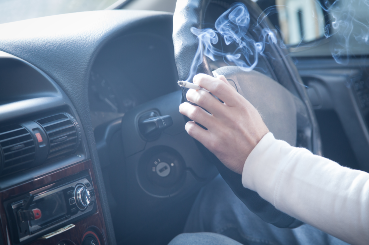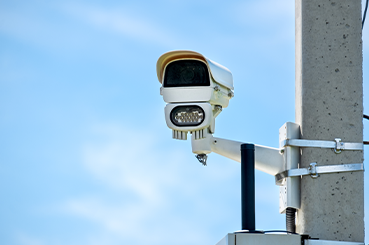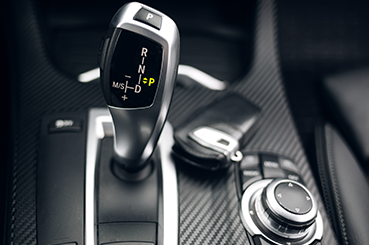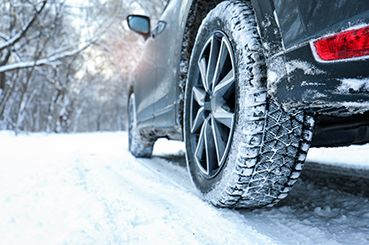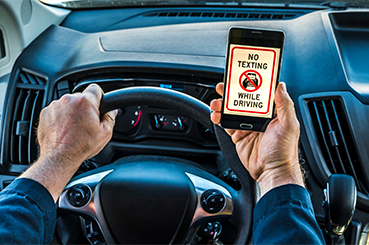Using the wrong size tyres on your car can invalidate your insurance and cause your car to fail the MOT test. Section 5 of the MOT inspection process relates to tyres, as well as axles and suspension.
All vehicles that take the MOT test will have the size of their tyres tested, with class 5 and 7 vehicles also tested on their tyre load and speed ratings. All vehicles also have their tyre tread and the tyre pressure monitoring system tested.
Speedometers, traction control, torque and gear settings are all engineered in align with the size of the tyres. How far a tyre travels in a full revolution, which depends on the outside diameter of the tyre, affects how each of these separate parts works.
Fitting the wrong tyres can alter the full revolution of a tyre, which, among other issues, can cause the speedometer to display incorrect readings.
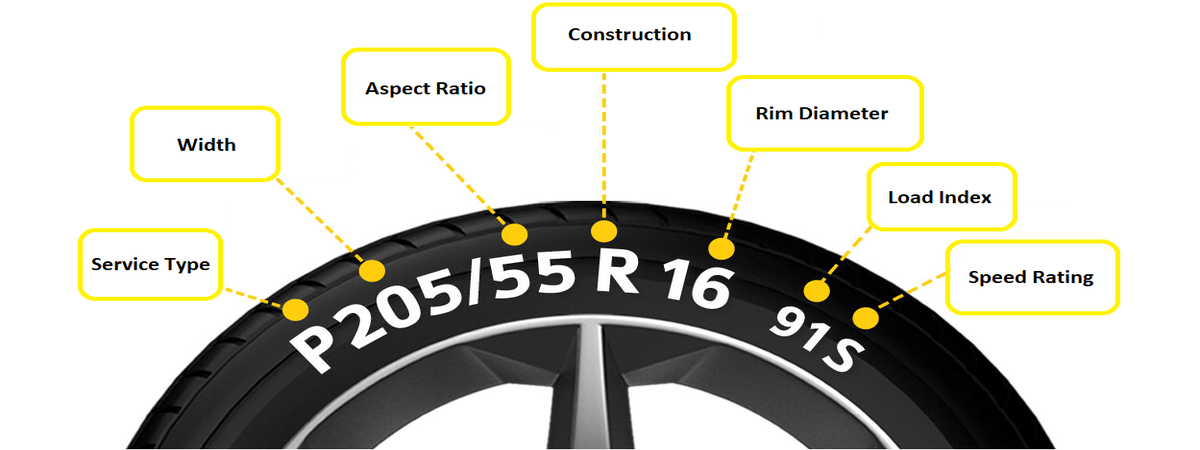
Tyre Markings & Tyres Sizes Explained
Tyre Width:
The tyre width rating is a number given in millimetres and is measured from the maximum width of the tyres midpoint of its sidewall to the same point on the opposite sidewall.
Wider tyres can offer better grip but can create excessive amounts of road noise.
Tyre Aspect ratio (tyre profile):
The tyre aspect ratio relates to the depth of the sidewall. The height of the tyre’s sidewall is expressed as a percentage of the tyre’s section width.
It can be worked out by dividing the height of the sidewall by the width and multiplying it by 100.
In the example above, the tyre aspect ratio would be 55%. Lower-profile tyres can offer better handling.
However, this can often be at the cost of slightly harder ride quality. Low profile tyres are often fitted on performance vehicles
Radial Construction:
Most tyres are of a radial construction which is marked on tyres by a letter ‘R’.
In radial construction tyres, the cord plies are arranged at 90 degrees to the direction of travel which allows the sidewall and the tread to function as two independent features.
This makes them stronger and more flexible which makes them better at absorbing shocks, impacts and bumps.
Rim Diameter:
The tyre rim diameter is taken from the wheel flange where the tyre is seated to the same point on the opposite side.
The tyre rim diameter measurement is given in inches.
Load Index:
An index is used to determine how much weight each tyre can carry and is displayed as a number.
The index starts at 62 for cars weighing 265kg and ends at index 126 for vehicles that weigh 1700kg.
A tyre with an insufficient load index for the car increases the chances of a blowout.
Speed Rating:
Your tyre is given a maximum tyre speed rating when it is operating at maximum load-carrying capacity.
It is represented on the tyre by a letter and measurements range from A1 to Z and cover maximum speeds of 5km/h to 300km/h.
UK Tyre Speed Ratings Explained
You may have just read about “tyre speed ratings” – but not really sure what this means. A car tyre’s speed rating represents the maximum speed at which it is designed to perform. The speed rating on tyres is represented by a single letter that you can find on the markings on your tyre’s sidewall and in the vehicle handbook.
When it comes to buying new tyres, it’s important your new replacements have the correct speed rating for your car, both for safety reasons and for insurance purposes.
Speed ratings for tyres are determined by industry standards and are set by testing at simulated speeds. For a tyre to receive a rating it must demonstrate that it can perform as desired at a particular speed. This means the integrity of the tyre remains intact, performance is maintained for cornering and traction, and the safety of the tyre isn’t compromised.
Manufacturers like Bridgestone point out that tyre testing is done in a controlled environment and that performance will also be affected by other factors like tyre inflation, tyre wear, weather and road conditions, and the mechanical condition of the car. With this in mind tyre speed ratings may at times be less than the stated rating of the tyre.
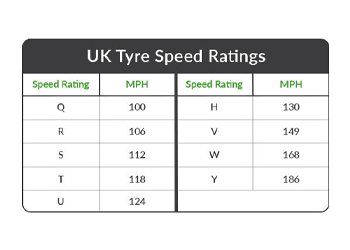
UK Tyre Speed Index – the different tyre speed ratings
Speed ratings on tyres are fairly simple to understand once you have a comparative value in miles per hour (mph). You can easily find the speed rating on your current tyres by looking at the markings on the tyre sidewall. It will look something like this – P205/55 R 16 91S.
The tyre speed rating is indicated by the last alphabetic letter, which in the above example is ‘S’. Take a look at the tyre speed rating chart below for a comparison between the speed rating on tyres and the max speed in mph.

Why is speed rating important?
Car tyres are the only point of contact with the road so they must be able to cope with the demand of the car when accelerating, cornering and braking. At faster speeds more heat is created from the friction between the tyre and road surface, so tyres must be able to cope with these conditions.
Tyres that are driven at speeds in excess of their tyre rating are less able to cope with the demand on performance. They are likely to wear much faster and the chance of a blowout is increased too. Not only will faster speeds cause strain on your car tyres, but accelerated tyre wear will likely have knock-on effects on other parts of your car like the suspension and wheel bearings.
For obvious safety reasons, using tyres with a lower speed rating than what’s recommended by the manufacturer may invalidate your car insurance policy. Insurance companies expect your car to be in ‘road-worthy condition’ and will take exception to using tyres with a low-speed rating. These exceptions also apply to other dimensions of your tyre.
Are tyres with a higher speed rating better?
Tyres with a higher speed rating are not necessarily better in terms of quality, but they do offer better performance. Most passenger vehicles in the UK will require a speed rating of at least S or T, and more performance-based cars that are capable of speeds in excess of 120mph will need tyres with a speed rating of U and above.
Depending on what you buy, tyres with a higher speed rating will generally offer better handling, cornering, acceleration and braking performance, which is why some drivers may choose tyres with a higher speed rating than what’s recommended for their car. There’s nothing wrong with using a V, W or Y rated tyre for your car even if your manufacturer recommends an S or a T.
